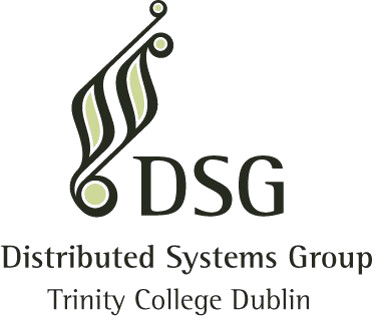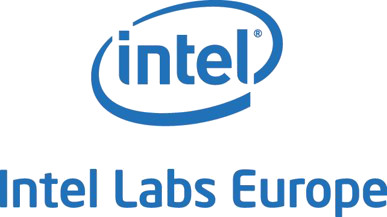CityWatch: Gathering and exploiting fine-grained city sensor data
Features
Fixed Sensing: Sensors are at a fixed place in the environment (e.g., meteorological sensors, noise, pollution CCTV)
Opportunistic Sensing: The system dynamically selects a sensor to collect data (e.g., temperature sensor on a smart vehicle)
Participatory Sensing: Harnessing the power of on board sensors found in citizens smart devices.
Open Government Data: Using open government data sets from Dublinked.
Data fusion: Integration of heterogeneous urban data sets from fixed city sensors, open government data sets and output from citizens smart devices sensors.
Gamification: Users are able to tag positive and negative issues in their city which may be of interest to others. Tagged items can be shared across other social networks and the “taggers” will get points, which they can exchange for city rewards. Points are rewarded at an individual user and group level. All points are collated to display each area’s "Green Rating“. Competition between users and between areas encourage participation.
Co-design process

GreenWatch
Screenshots

People
Mélanie Bouroche, Vinny Cahill, Siobhán Clarke, Atif Manzoor, Jessica McCarthy, Gabriel Mullarkey, Constantinos Patsakis
Links
For more details you can see also check the CityWatch page.
Sponsors



